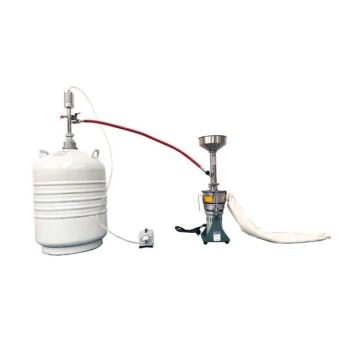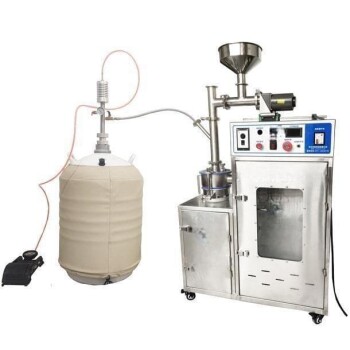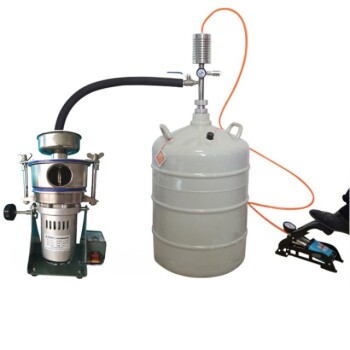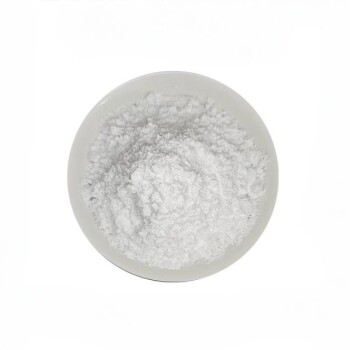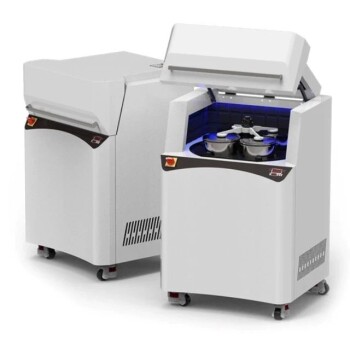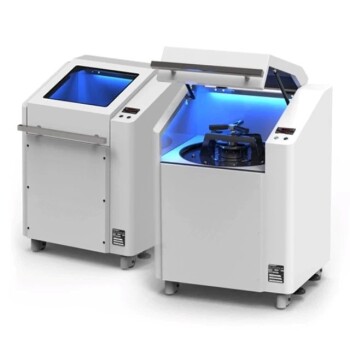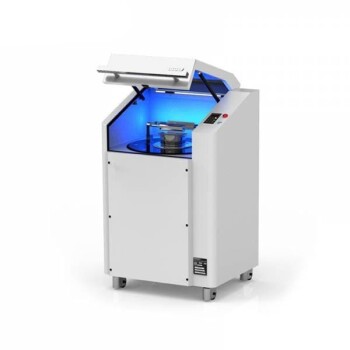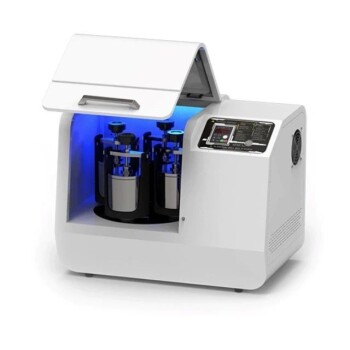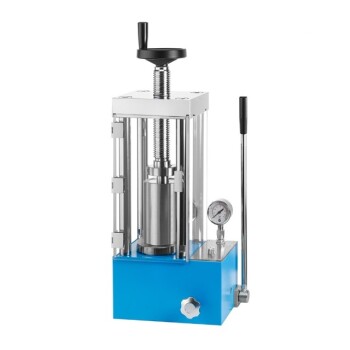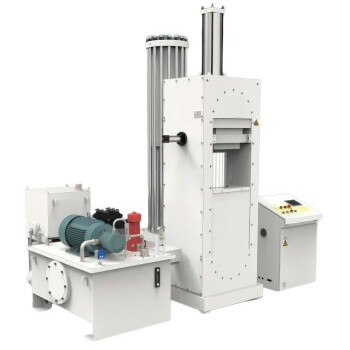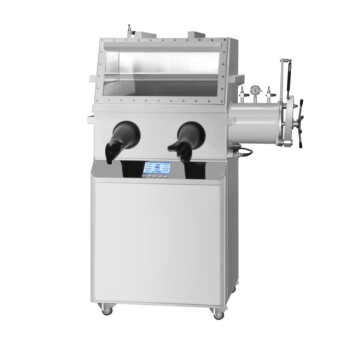Introduction to Pulverization
Purpose and Methods of Crushing
Crushing is a critical process in material science and industrial applications, primarily aimed at reducing the particle size of materials and achieving a more homogeneous distribution. This process is essential for various subsequent operations, such as analysis, mixing, and further processing. The methods employed in crushing are diverse and tailored to the specific properties of the materials being processed.
The primary crushing methods include:
- Extrusion: This method involves applying pressure to the material between two surfaces, gradually reducing its size. It is commonly used in lab jaw crushers and roll crushers.
- Impact: Materials are subjected to sudden, high-energy blows, often in laboratory hammer mills or impact crushers, which shatter them into smaller fragments.
- Shear: Also known as cutting, this method involves the use of blades or sharp edges to slice the material into smaller pieces. Cutting mills are a typical example of equipment using this technique.
- Friction: This method relies on the rubbing action between materials or against a surface, gradually wearing down the particles. It is often used in attrition mills.
Different materials require specific crushing equipment to achieve optimal results. For instance, hard and brittle materials like minerals and ceramics are typically processed using lab jaw crushers or cone crushers, which apply high pressure. In contrast, softer and more fibrous materials like wood and rubber may be more effectively crushed using cutting mills or laboratory hammer mills that employ shear and impact forces.
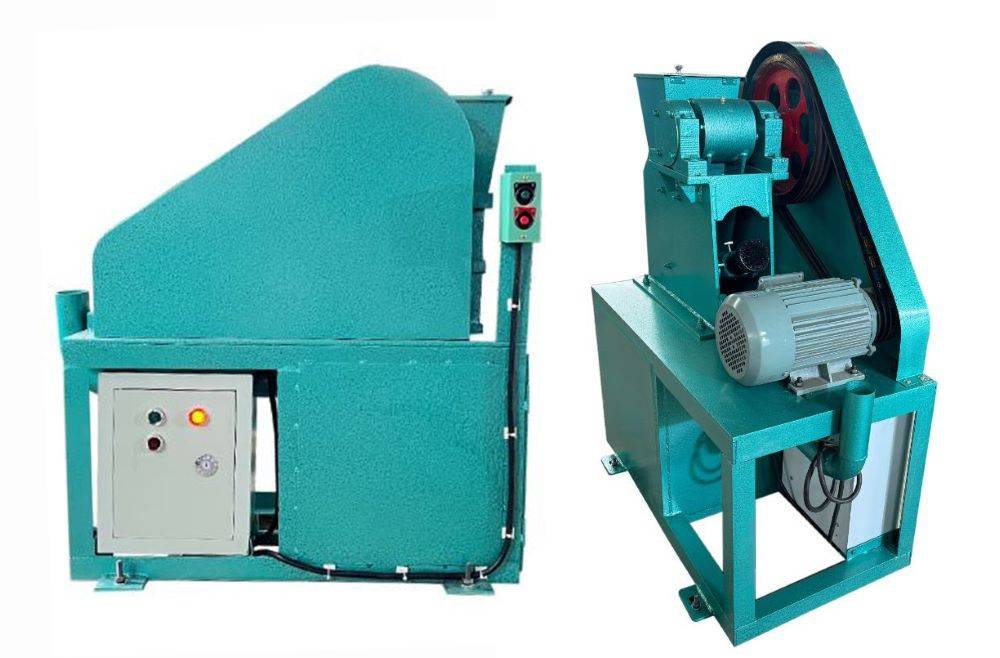
| Material Type | Typical Equipment | Crushing Method |
|---|---|---|
| Hard and Brittle | Lab Jaw Crushers, Cone Crushers | Extrusion, Impact |
| Soft and Fibrous | Cutting Mills, Laboratory Hammer Mills | Shear, Impact |
| Elastic and Polymer | Roller Mills, Impact Crushers | Friction, Impact |
The choice of equipment and method is crucial for ensuring the efficiency and effectiveness of the crushing process, ultimately influencing the quality and consistency of the final product.
Challenges in Pulverization
While mechanical forces are often sufficient for reducing the size of many materials, they may fall short when it comes to achieving the smallest particle sizes. Traditional methods, such as extrusion, impact, shear, cutting, and friction, can homogenize samples and reduce their size, but they often encounter limitations when dealing with certain types of materials. For instance, materials that are too hard, too elastic, or too sensitive to heat can pose significant challenges.
In such cases, conventional mechanical pulverization techniques may not be effective. This is particularly true for materials that exhibit plastic deformation at room temperature, as they tend to become sticky and less susceptible to fragmentation. Additionally, materials with volatile components or those that degrade under mechanical stress at ambient temperatures can also be problematic. For these reasons, alternative methods are required to achieve the desired particle size and maintain the integrity of the material.
Cryogenic pulverization emerges as a viable solution to these challenges. By cooling materials to extremely low temperatures using liquid nitrogen or other cryogenic fluids, the material's properties change, making it more brittle and easier to grind. This method not only overcomes the limitations of mechanical forces but also ensures that the material's structure and chemical composition remain intact during the pulverization process.
Cryogenic Pulverization Process
Detailed Workflow
The process of cryogenic pulverization begins with the pre-cooling of materials using low-temperature nitrogen. This step is crucial as it lowers the material's temperature significantly, often to sub-zero levels. The pre-cooling phase ensures that the materials become brittle, making them easier to crush.
Once the materials are sufficiently cooled, they are subjected to high-speed rotary hammer mills. These mills operate at extremely high speeds, leveraging the brittleness of the pre-cooled materials to efficiently reduce them into fine powders. The high-speed rotation of the hammer mills generates significant impact forces, which are instrumental in breaking down the materials into smaller particles.
Following the crushing phase, the resulting powder undergoes a critical step known as gas-solid separation. This process involves separating the fine powder from the nitrogen gas used during the cooling and crushing stages. Gas-solid separation is typically achieved through the use of filters or cyclones, which capture the powder while allowing the nitrogen gas to be recycled or safely released.
Finally, the separated powder is further processed to meet specific requirements. This can include additional refining steps to ensure uniformity and consistency, or it may involve packaging the powder for various applications. The entire workflow is designed to maximize the efficiency of the pulverization process while maintaining the integrity and quality of the final product.
Advantages and Disadvantages
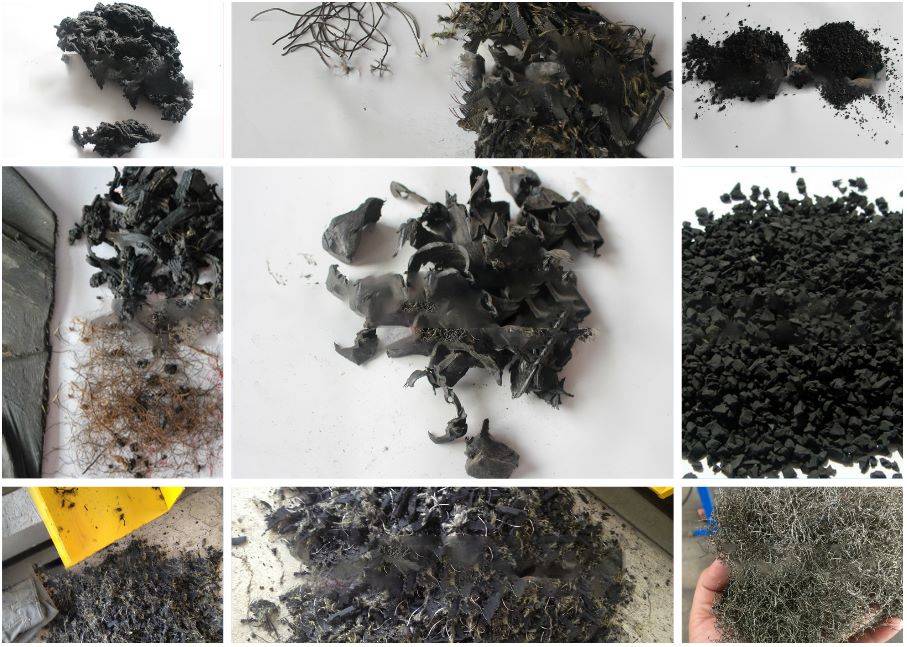
Benefits of Cryogenic Pulverization
Cryogenic pulverization offers a range of advantages that make it a superior method for crushing materials that are otherwise difficult to process at room temperature. One of the primary benefits is the ability to crush materials that exhibit brittleness at low temperatures, a property that is often absent at ambient conditions. This capability is particularly valuable in the high-quality recycling of rubber, plastic, and metal, where conventional methods may fail to achieve the desired particle size and uniformity.
The process also excels in preserving the integrity of sensitive materials, such as nutrients in food and herbs. By operating at cryogenic temperatures, thermal degradation is minimized, ensuring that the nutritional value and essential properties of these materials are maintained. This is crucial for industries where product quality and consistency are paramount, such as in the food and pharmaceutical sectors.
| Benefit | Description |
|---|---|
| Increased Productivity | Optimized particle size and increased throughput lead to higher production rates and lower energy consumption. |
| Improved Safety | The inert environment created by cryogenic conditions reduces the risk of oxidation and fire, enhancing operational safety. |
| Uniform Particle Distribution | Cryomilling generates ultra-fine particles within narrow distribution ranges, ensuring stability and improved product performance. |
| Reduced Wear on Equipment | The cryogenic environment decreases wear on grinding equipment, leading to lower maintenance costs and extended equipment life. |
| Elimination of Caking | Cryogenic grinding prevents the formation of caked product within the mill, ensuring smooth and continuous operation. |
In summary, cryogenic pulverization not only expands the range of materials that can be effectively processed but also enhances the quality and safety of the end products, making it an indispensable technology in various industrial applications.
Drawbacks of Cryogenic Pulverization
While cryogenic pulverization offers several advantages, such as the ability to process materials that are otherwise difficult to crush at room temperature, it is not without its challenges. One of the primary drawbacks is the high operational cost associated with the use of liquid nitrogen (LN2), which is essential for maintaining the low temperatures required for the process. The expense of LN2, coupled with the need for specialized equipment designed to operate at these extreme temperatures, significantly increases the initial and ongoing costs of cryogenic pulverization.
Moreover, the equipment used in cryogenic pulverization must be constructed with materials that can withstand the rigors of low-temperature operation. This often necessitates more complex sealing mechanisms compared to conventional grinding methods, further adding to the complexity and cost of the equipment. The specific comminution work required for materials like plastics, which is substantially higher than for minerals, also contributes to the overall expense.
In summary, while cryogenic pulverization provides unique benefits, the high operational costs and the need for specialized, expensive equipment remain significant drawbacks that must be carefully considered when evaluating its feasibility for a given application.
Applications of Cryogenic Pulverization
Biological Samples
Cryogenic pulverization plays a crucial role in the preservation of biological samples, particularly in the fields of food, medicine, and biotechnology. By utilizing low temperatures, this technique effectively prevents the denaturation of sensitive biological molecules, ensuring the integrity and viability of the samples. This is particularly important in applications such as DNA extraction from tissues, where maintaining the structural and functional properties of the nucleic acids is essential for accurate analysis.
In the realm of herbal medicine, cryogenic pulverization is employed to finely grind herbs without compromising their active ingredients. This method not only enhances the homogeneity of the herbal powders but also preserves their therapeutic properties, which might otherwise be lost through conventional grinding techniques. The use of liquid nitrogen in this process embrittles the plant materials, making them more susceptible to mechanical crushing while minimizing heat-induced degradation.
Moreover, cryogenic pulverization is instrumental in biotechnological processes that require the handling of delicate biological materials. For instance, it aids in the preparation of cell lysates and protein samples, where the preservation of native structures is paramount for downstream applications like mass spectrometry and electrophoresis. The ability to maintain sample integrity under cryogenic conditions is a significant advantage, enabling researchers to obtain reliable and reproducible results.
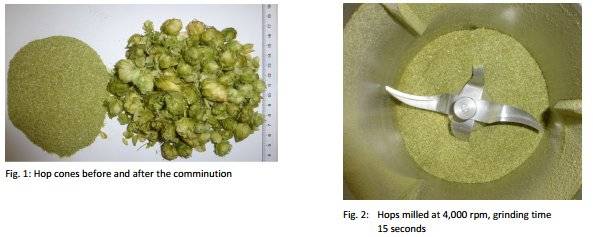
In summary, the application of cryogenic pulverization in biological samples is not merely about reducing particle size; it is about preserving the very essence of the materials being processed. This technique ensures that the valuable components within these samples remain intact, ready for further analysis and utilization in various scientific and industrial contexts.
Elastic and Polymer Materials
Cryogenic pulverization is particularly effective in recycling waste plastics and rubber. At low temperatures, these materials become embrittled, significantly reducing their toughness and making them easier to grind into fine particles. This process not only facilitates the recycling of these materials but also enhances the quality of the recycled products.
The embrittlement of elastic and polymer materials at cryogenic temperatures is a critical aspect of this technology. When exposed to low temperatures, the molecular chains within these materials become less flexible, leading to a more brittle structure. This change in material properties allows for more efficient grinding, as the materials can be broken down into smaller particles with less energy and effort.
Moreover, the use of cryogenic pulverization in recycling ensures that the integrity of the materials is preserved. Unlike traditional methods that can cause degradation or loss of material properties, cryogenic pulverization maintains the structural and chemical integrity of the recycled products. This is particularly important for applications where the quality of the recycled material is crucial, such as in the production of high-performance plastics or rubber compounds.
In summary, cryogenic pulverization offers a superior method for recycling elastic and polymer materials by embrittling them at low temperatures, thereby making the grinding process more efficient and preserving the quality of the recycled products.
Volatile Component Samples
Cryogenic pulverization is particularly effective for handling materials that are prone to volatilization, such as benzene and polychlorinated biphenyls (PCBs). The process leverages low temperatures to prevent the escape of volatile compounds, thereby maintaining the integrity and purity of the sample.
When subjected to conventional pulverization methods at room temperature, these volatile components can easily evaporate, leading to significant losses and compromising the analytical results. By contrast, cryogenic pulverization ensures that the sample remains intact throughout the grinding process. The ultra-low temperatures, typically achieved using liquid nitrogen, immobilize the volatile compounds, preventing their escape and ensuring that the final powder retains the original chemical composition.
This method is indispensable in industries where the preservation of volatile compounds is critical, such as in environmental monitoring, chemical analysis, and quality control. The ability to maintain sample integrity without the loss of volatile components significantly enhances the accuracy and reliability of subsequent analytical procedures.
Metallic Materials
Cryogenic pulverization plays a pivotal role in the recycling of electronic waste (e-waste) to recover valuable non-ferrous metals such as copper, zinc, and aluminum. This process involves the pre-cooling of e-waste materials with low-temperature nitrogen, which embrittles the metals, making them more susceptible to crushing. The subsequent high-speed rotary hammer milling further disintegrates these embrittled materials into fine powders, facilitating efficient separation and recovery of the non-ferrous metals.
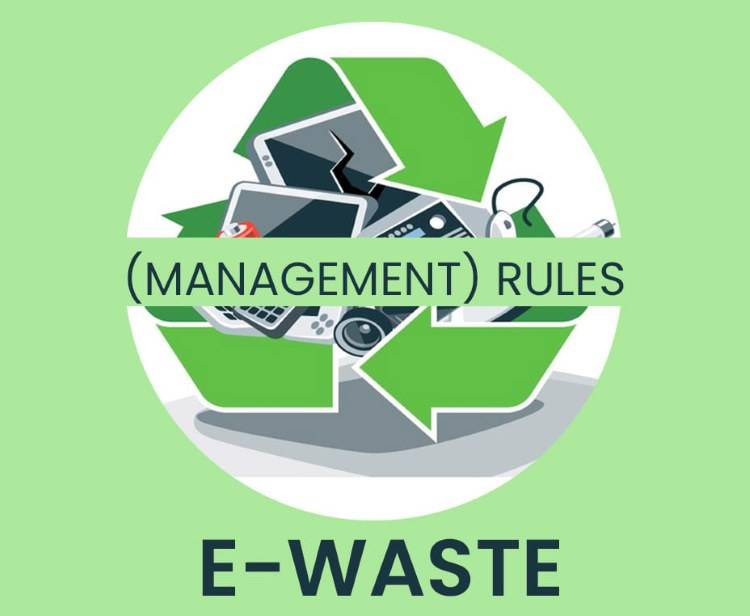
The application of cryogenic pulverization in this context offers several advantages. Firstly, it enables the processing of materials that are otherwise difficult to crush at room temperature, thereby enhancing the overall efficiency of the recycling process. Secondly, the preservation of material integrity is ensured, as the low temperatures prevent any thermal degradation or oxidation of the metals during the pulverization process.
| Metal | Typical Applications | Recycling Challenges |
|---|---|---|
| Copper | Wiring, circuit boards | High conductivity, mixed with other metals |
| Zinc | Batteries, die-casting | Volatility at high temperatures, forms oxides |
| Aluminum | Casing, structural components | High reactivity, mixed alloys |
The table above highlights the typical applications of these metals in electronic devices and the specific challenges they pose during the recycling process. By addressing these challenges through cryogenic pulverization, the recovery rates of these valuable metals are significantly improved, contributing to more sustainable and economically viable e-waste management practices.
Precautions and Best Practices
Equipment and Materials
When implementing cryogenic pulverization, the choice of equipment and materials is crucial for ensuring the effectiveness and safety of the process. The grinding tanks, typically made from stainless steel or PTFE (Polytetrafluoroethylene), are selected for their resistance to corrosion and ability to withstand low temperatures. Stainless steel tanks offer durability and strength, while PTFE tanks provide superior chemical resistance, making them ideal for handling sensitive or reactive materials.
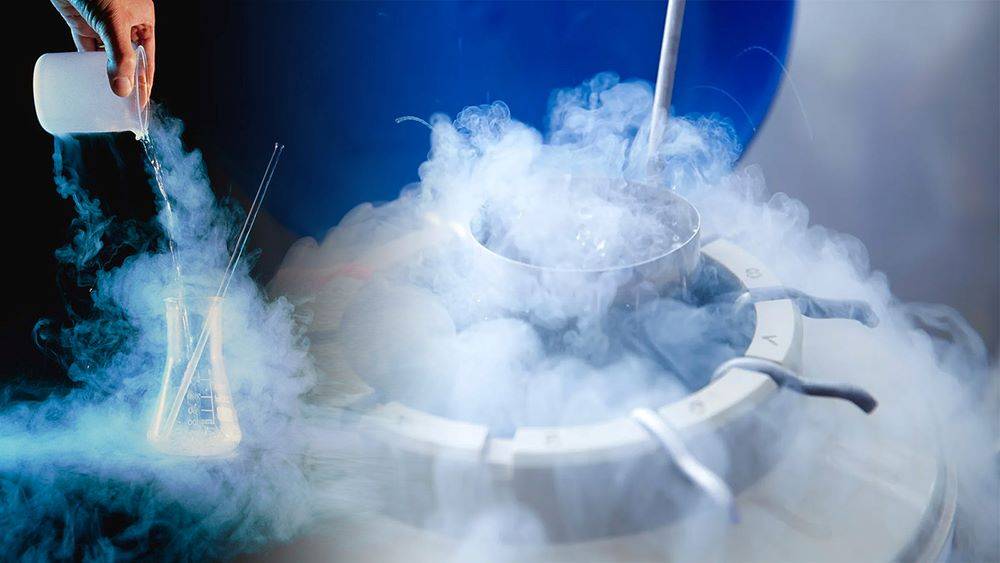
The selection of grinding aids, such as liquid nitrogen or dry ice, depends heavily on the type and quantity of the sample being processed. Liquid nitrogen, with its extremely low boiling point of -196°C, is often preferred for its rapid cooling capabilities, which can effectively embrittle materials that are difficult to pulverize at room temperature. Dry ice, which sublimes at -78.5°C, is a more economical option and is suitable for samples that do not require the ultra-low temperatures provided by liquid nitrogen.
| Grinding Aid | Temperature | Suitability |
|---|---|---|
| Liquid Nitrogen | -196°C | Ideal for materials requiring rapid and deep cooling, such as rubber and plastic waste. |
| Dry Ice | -78.5°C | Suitable for less temperature-sensitive materials, offering a cost-effective alternative. |
By carefully considering the properties of the sample and the capabilities of the grinding aids, operators can optimize the cryogenic pulverization process, ensuring both efficiency and safety.
Related Products
- Liquid Nitrogen Cryogenic Grinder Mill Cryomill Airflow Ultrafine Pulverizer
- lab cryogenic grinding use liquid-nitrogen for pulverizing plastic raw materials and heat sensitive materials
- Liquid Nitrogen Cryogenic Grinder Mill Cryomill with Screw Feeder
- Small Cryogenic Grinder Cryomill Cryogrinder with Liquid Nitrogen for Laboratory Use
- High Energy Planetary Ball Mill Milling Machine for Laboratory
Related Articles
- Exploring the World of Molecular Gastronomy
- Why Ultra-Low Temps are Non-Negotiable: The Science Behind Preserving Critical Biological Materials
- Techniques and Methods of Freeze Pulverization for Powdered Rubber
- Application of Low-Temperature Pulverization Technology in the Spice Industry
- 10 Common Dry Ultrafine Crushing Processes

